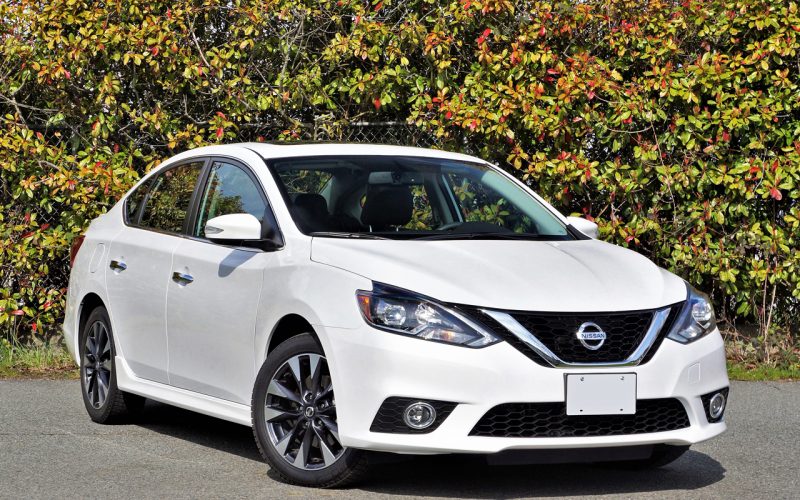
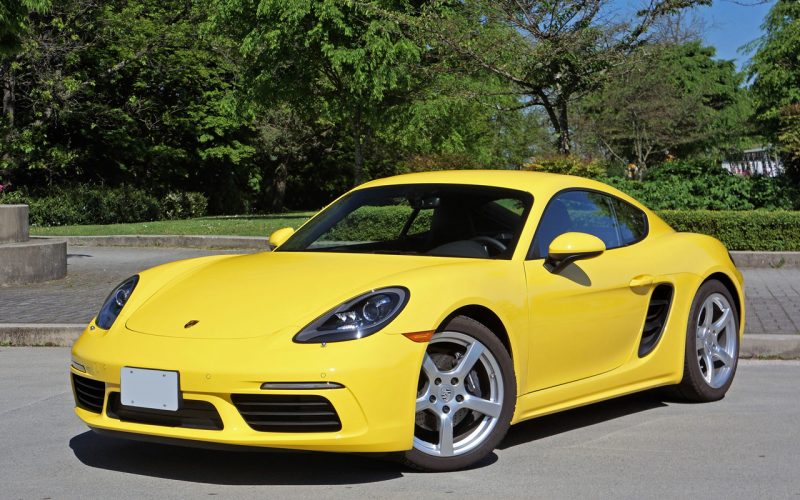
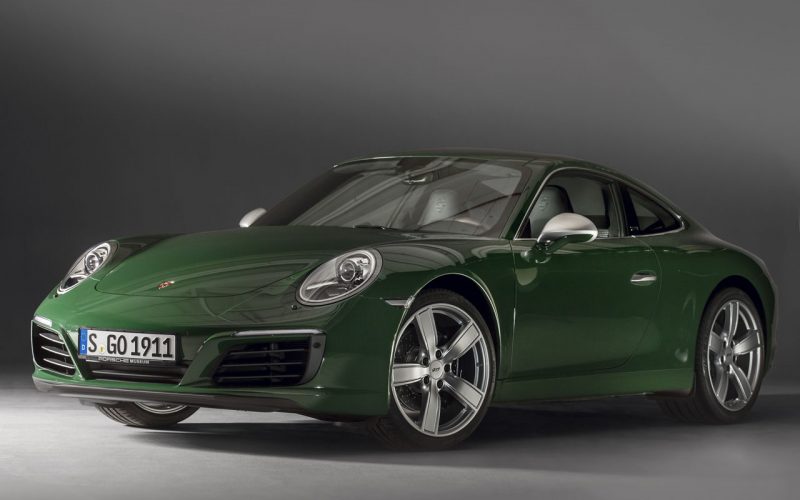
Reading Time: 5 minutesNo sports car brand is more respected than Porsche, and no model in the entire industry
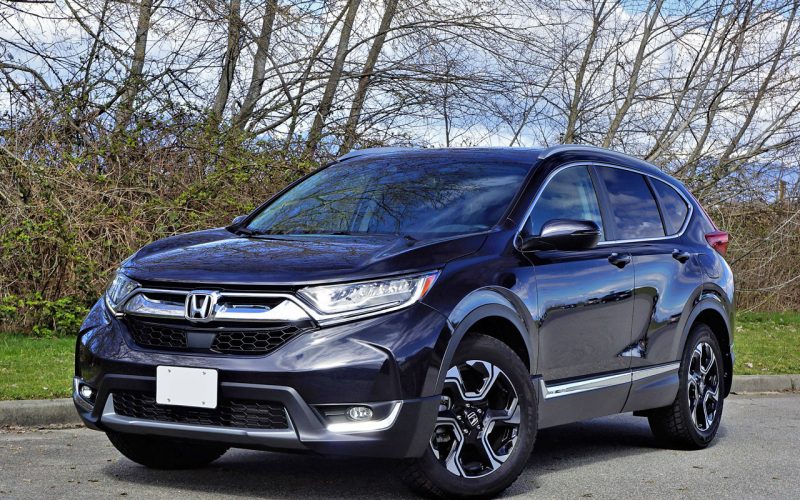
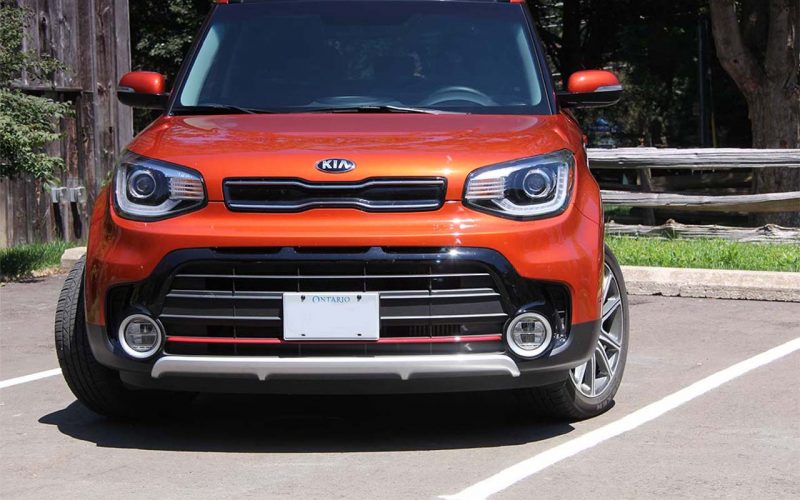
Reading Time: 4 minutesKia Soul fans rejoice! The Kia Soul, which was introduced to the market as a 2009
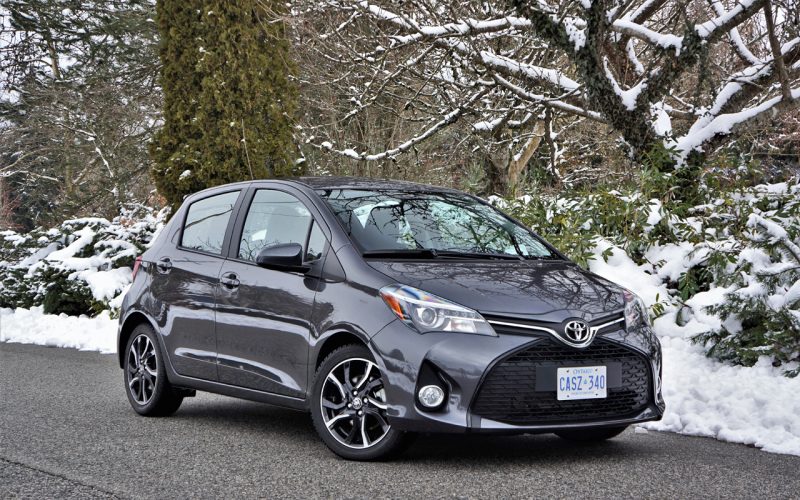
Reading Time: 6 minutesI don’t know why I still call this little car the Tercel. I worked for a
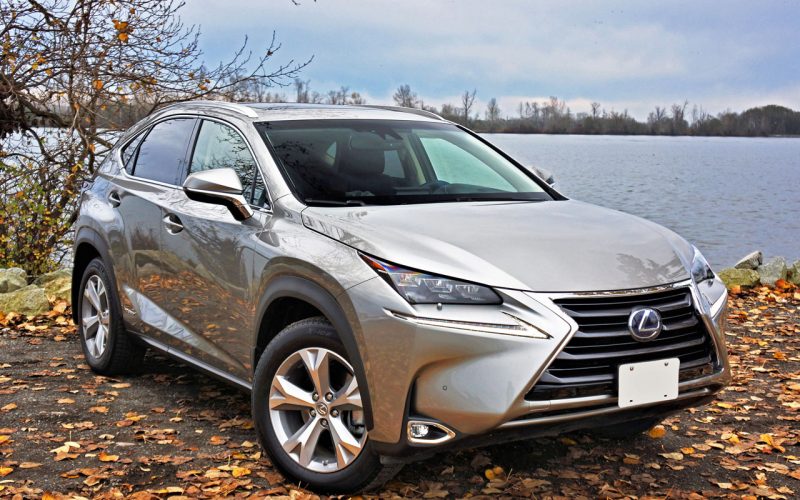
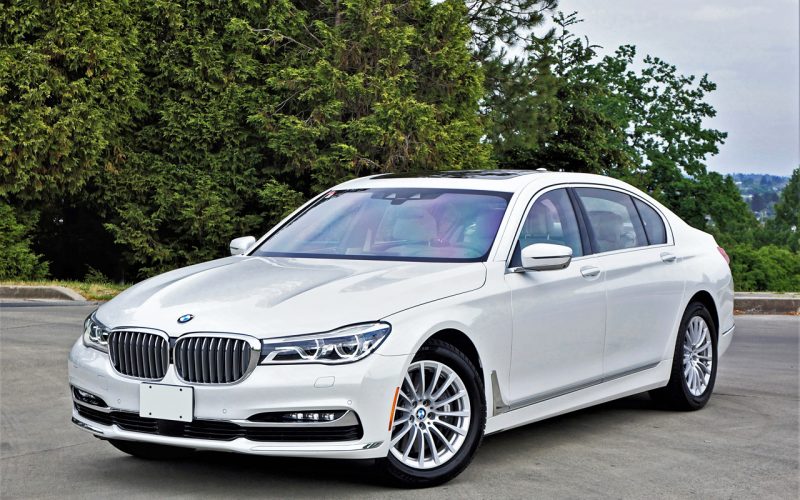
© 2025 The Car Magazine. All Rights Reserved, Privacy Policy | Terms of Use